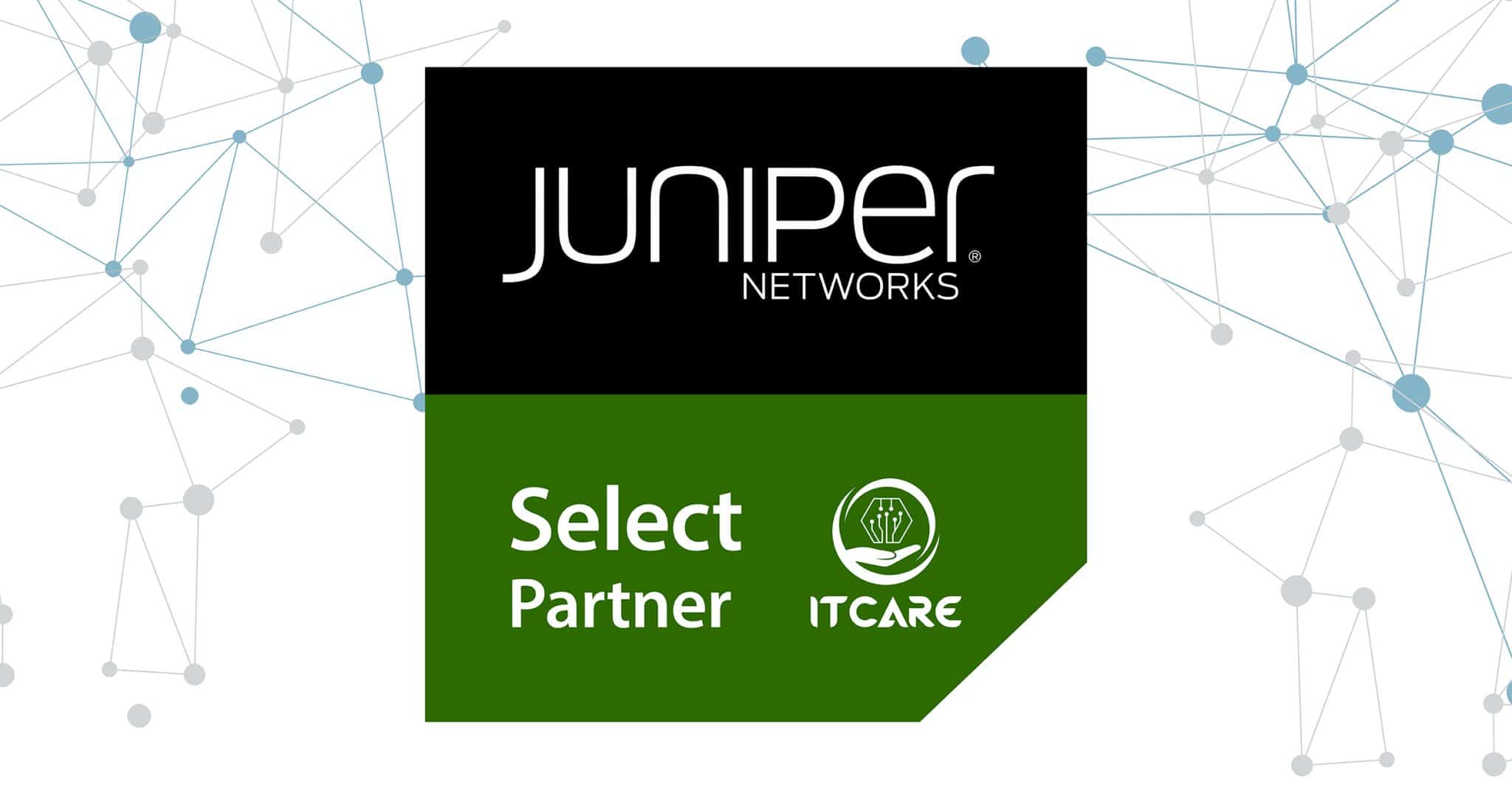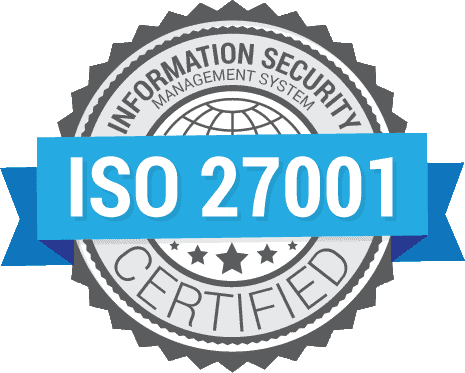Current Trends in NOC and Their Impact on Medium and Large Enterprises
Managing a complex network has become an increasingly common challenge for medium and large companies. A well-maintained IT infrastructure contributes directly to the success of daily operations; therefore, more organizations are focusing on the services offered by a Network Operations Center (NOC). This article explains how recent developments in the NOC field influence the business environment, provides concrete examples, and emphasizes practical solutions. Discover the main trends, company benefits, and recommendations to ensure stability and performance for your network.
NOC: Why More Companies Choose Real-Time Infrastructure Monitoring
Networks are becoming larger, and the need for control grows along with the number of offices, servers, and applications in operation. A NOC, or Network Operations Center, enables continuous infrastructure monitoring, early detection of issues before they affect users, and rapid intervention in case of incidents. Medium or large companies that use an efficient NOC benefit from:
Reduced downtime, avoiding extra costs and frustration for clients and employees.
A stable user experience, for instance through continuous monitoring of essential applications such as ERP systems or e-commerce platforms.
Short response times to cyberattacks, providing a higher level of data protection.
A retailer using omnichannel systems can avoid blockages during peak season, while a hospital ensures the functionality of connected medical equipment. These examples show why companies can no longer ignore the advantages of a well-implemented NOC.
What a Modern NOC Includes and Its Main Functions

A NOC brings together professionals and technological tools that monitor 24/7 servers, network devices, data connections, and critical applications. NOC specialists track performance indicators, receive real-time alerts, and act proactively to prevent or fix malfunctions. In a mature NOC, you’ll find:
Continuous monitoring (e.g., CPU, memory, traffic flow), including at night or outside business hours.
Rapid incident management, with clear escalation procedures for complex problems.
Security analyses, often in direct collaboration with the Security Operations Center (SOC) team.
Periodic reports on resolved incidents, IT service performance, and preventive actions implemented.
The main difference between NOC and SOC lies in focus: the NOC team ensures performance and uptime, while the SOC investigates attacks and monitors complex threats. The two teams collaborate to cover both operational and security aspects.
Current Trends in NOC
Automation, Artificial Intelligence, and Operational Efficiency
Companies are adopting automation to reduce human intervention and error risk. AIOps technologies — advanced automation through artificial intelligence — allow NOCs to move from reactive incident handling to predictive management. For example, open-source platforms like Zabbix or Prometheus can monitor hundreds of devices and automatically send relevant alerts when detecting unusual values.
AI and machine learning help quickly identify anomalies such as unexpected performance drops or abnormal data traffic behavior, allowing the NOC team to act before problems spread.
Integration of Hybrid and Multi-Cloud Infrastructures
The number of solutions operating both in the cloud and on-premise has increased. Platforms such as AWS, Azure, and Google Cloud are often integrated with local data centers. This diversity requires tools that provide a unified view without blind spots. A high-performance NOC manages all these environments centrally.
Example: A logistics company processing large volumes of online and depot orders monitors both cloud and branch servers, ensuring synchronization across all components. Solutions tailored for this type of integration are detailed in cloud services resources.
Advanced Security and the Zero Trust Strategy
IoT (Internet of Things) devices have introduced new data volumes and vulnerabilities into networks. The Zero Trust policy — where authentication and verification occur at every interaction — is becoming standard. The NOC team enforces strict policies, continuously monitors device traffic, and promptly analyzes any irregularities.
For instance, in a manufacturing company, connected factory sensors send sensitive data. The NOC monitors authentication structures and immediately blocks devices showing risky behavior.
Proactivity and Continuous Adaptation
A modern NOC doesn’t act only reactively. The team participates in IT change planning, collaborates with DevOps specialists, and aligns tools with recognized standards. A practical example is NOC involvement in update and testing processes before new applications go into production — following continuous development principles
How These Trends Affect the Business Environment

Companies that integrate modern NOC technologies gain speed in identifying and solving problems, as well as a clear view of risks. Practical effects include:
Controlled Costs and Efficient Resource Allocation
Fewer incidents and optimized processes help managers forecast IT spending and reduce unproductive investments. Studies show that companies outsourcing NOC operations can cut operational costs by up to 60–70%.Flexibility and Rapid Scaling
Professionally monitored infrastructure adapts easily to growth — whether opening new branches, integrating complex applications, or migrating large data volumes to the cloud.Increased Visibility and Continuous Optimization
Detailed NOC reports help IT management identify areas for improvement, adjust internal policies, and prevent accidental bottlenecks.Outsourcing: Advantages and Limitations
Outsourcing NOC services can offer access to advanced technology, 24/7 expertise, and reduced pressure on internal IT teams. However, NOC provider selection must follow solid criteria:Verify certification levels and reputation.
Review proposed Service Level Agreements (SLAs).
Request details about audit and confidentiality processes.
Practical Steps for Building and Managing an Efficient NOC
Team and Process Organization
A NOC operates efficiently when it has network engineers, analysts, operations managers, and clear procedures. Tasks should be distributed fairly, overlap avoided, and daily configuration checks performed. Companies can choose between three administration models:
In-house: direct control but higher costs.
Outsourced: increased efficiency and predictable expenses.
Hybrid: internal team handles essential processes, others are outsourced.
Developing Organizational Culture
Continuous NOC evolution requires team involvement and alignment with international best practices. Investing in training, attending ITIL or DevOps sessions, and fostering openness to innovation all support competence growth. See recommendations and case studies in Network Operations Center Hub.
Challenges and Solutions
Common challenges include limited budgets, lack of experienced specialists, or resistance to change. Solutions include:
Outsourcing where internal specialists can’t be quickly formed.
Introducing open, scalable platforms for gradual infrastructure growth.
Collaborating with providers for phased integration of new services.
Future Perspectives for Enterprise NOC
New Service Models and Emerging Technologies
More companies are adopting NOC as a Service (NOCaaS), including for regional or white-label needs. Investments in AIOps, multi-cloud, and DevOps collaboration bring adaptability, shorter implementation times, and access to advanced services.
Adopting a Data-Driven IT Approach
Companies that continuously analyze data collected through integrated NOC platforms can launch new products faster, control costs, and make evidence-based decisions.
Active Management Involvement
Competitive companies treat the NOC as an integral part of their business strategy — not just a cost center. This approach ensures operational stability and adds protection to the company’s reputation.
A modern NOC supports companies in maintaining stability, optimizing costs, and accelerating innovation. Integrating trends such as AI, automation, Zero Trust policies, and responsible outsourcing already proves beneficial for many organizations. Key recommendations:
Continuously update monitoring and security processes.
Choose partners with verified expertise and transparent SLAs.
Regularly train technical teams and promote interdepartmental collaboration.







